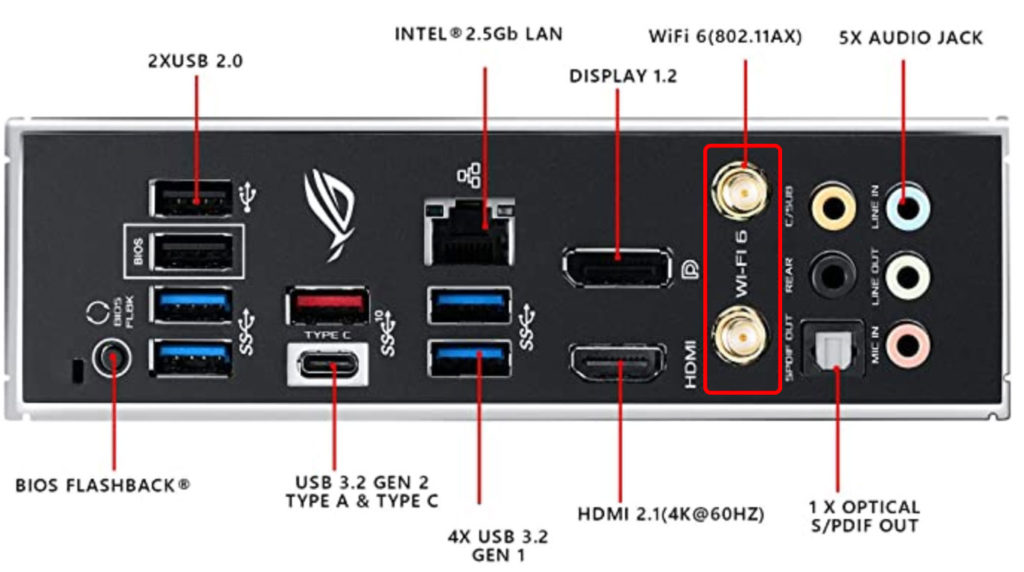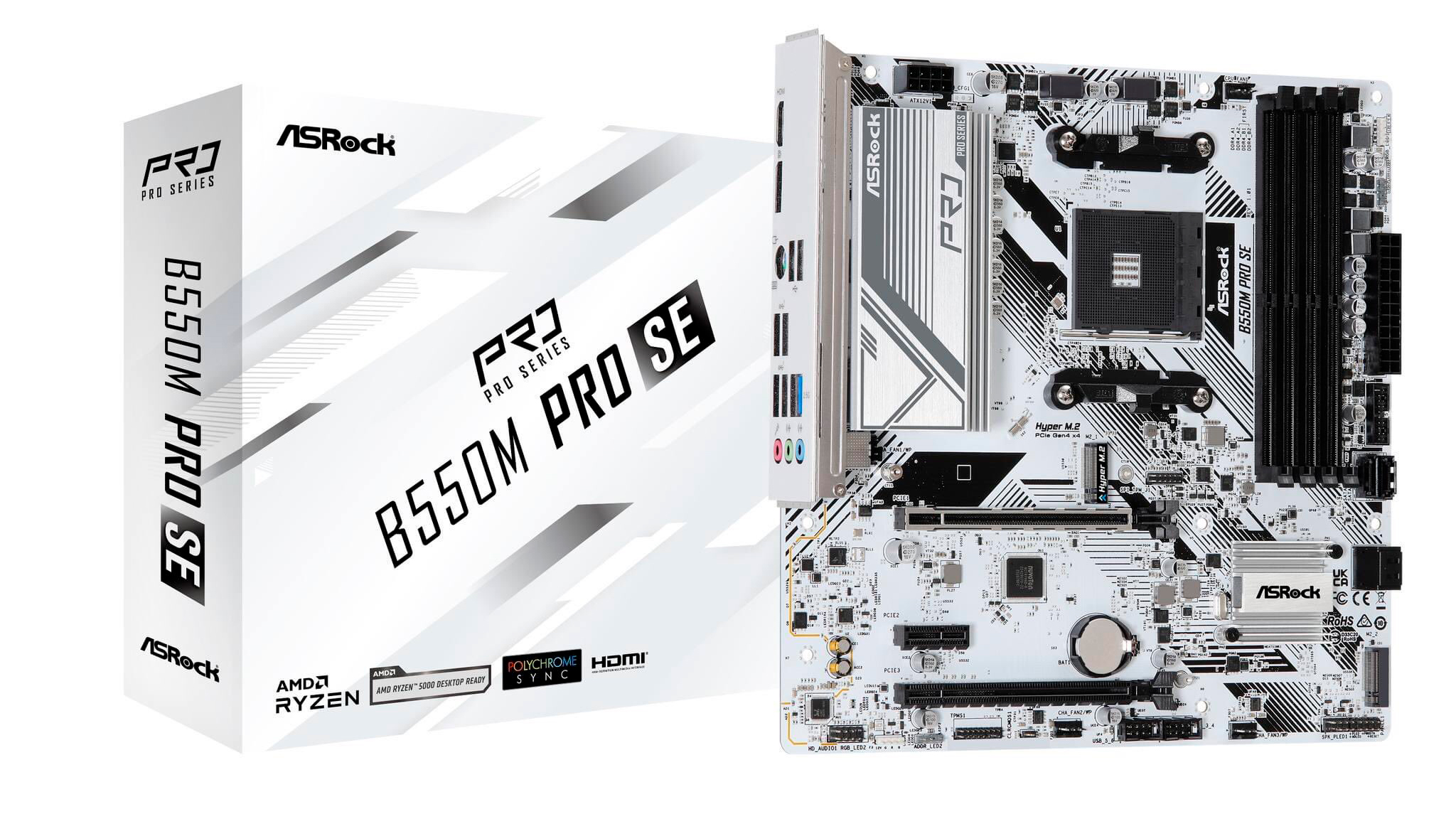Knowing what your motherboard is can make a significant difference in how you optimize and maintain your computer system. Your motherboard plays a crucial role in connecting all the essential components of your PC, making it one of the most vital parts of any computer build. In this article, we will delve into the details of motherboards, helping you identify your own and understand its importance in your system's performance.
Have you ever wondered what the central hub of your computer is? Your motherboard serves as the foundation that ties all hardware components together. Whether you're upgrading your system, troubleshooting issues, or simply curious about what makes your computer tick, understanding your motherboard is key.
This article will provide a detailed overview of motherboards, including how to identify yours, the various types available, and why they matter in building or maintaining a high-performance system. Let's dive in!
Read also:Discovering Blake Sheltons Niece A Deep Dive Into Her Life And Family Connections
Table of Contents
- What is a Motherboard?
- How to Identify Your Motherboard
- Types of Motherboards
- Key Components of a Motherboard
- Choosing the Right Motherboard
- Compatibility Considerations
- Motherboard Upgrade Guide
- Troubleshooting Common Motherboard Issues
- Maintenance Tips for Your Motherboard
- Conclusion
What is a Motherboard?
A motherboard is the primary circuit board within a computer that connects all the crucial hardware components. It acts as the central hub, enabling communication between the CPU, RAM, storage drives, graphics card, and peripherals. Without a motherboard, your computer would not function, as it facilitates the interaction between all the essential parts.
Functions of a Motherboard
The motherboard performs several critical functions:
- Provides a platform for connecting the CPU, RAM, storage, and other components.
- Facilitates communication between hardware components.
- Hosts the BIOS/UEFI firmware, which manages hardware initialization during boot.
- Supplies power to the CPU and other components via connectors.
Understanding the motherboard's role is essential for anyone looking to build, upgrade, or repair their computer.
How to Identify Your Motherboard
Identifying your motherboard is crucial if you plan to upgrade your system or troubleshoot hardware issues. Here's how you can find out what your motherboard is:
Using the BIOS/UEFI
Accessing your computer's BIOS or UEFI settings can reveal detailed information about your motherboard. Follow these steps:
- Restart your computer and press the key to enter BIOS/UEFI (commonly F2, Del, or Esc).
- Look for the "Main" or "System Information" section.
- Here, you'll find details such as the motherboard model and manufacturer.
Using Software Tools
Several software tools can help you identify your motherboard without needing to access the BIOS:
Read also:Unveiling The Charismatic Journey Of Chimene Diaz
- CPU-Z: A free utility that provides detailed information about your motherboard, CPU, and other components.
- Speccy: Another popular tool that offers a comprehensive overview of your system's hardware.
These tools are user-friendly and can save you time when identifying your motherboard.
Types of Motherboards
Motherboards come in various sizes and configurations, each designed for specific purposes. Here are the most common types:
Form Factors
The form factor refers to the physical size and layout of the motherboard:
- ATX: The standard size for desktops, offering ample space for expansion slots and connectors.
- mATX: A smaller version of ATX, suitable for mid-tower cases with fewer expansion options.
- mini-ITX: The smallest form factor, ideal for compact builds and portable systems.
Purpose-Specific Motherboards
Some motherboards are designed for specific uses:
- Gaming Motherboards: Equipped with advanced features for high-performance gaming.
- Workstation Motherboards: Built for professional applications, offering enhanced stability and reliability.
Choosing the right type depends on your intended use and system requirements.
Key Components of a Motherboard
A motherboard consists of several critical components that work together to ensure smooth system operation:
Central Processing Unit (CPU) Socket
The CPU socket is where your processor connects to the motherboard. It's essential to ensure compatibility between your motherboard and CPU.
Random Access Memory (RAM) Slots
RAM slots allow you to install memory modules, which are crucial for system performance. The number and type of slots depend on the motherboard's design.
Storage Connectors
Modern motherboards support various storage interfaces, including SATA, M.2, and NVMe, enabling you to connect multiple drives.
Understanding these components helps you make informed decisions when building or upgrading your system.
Choosing the Right Motherboard
Selecting the appropriate motherboard for your needs requires careful consideration of several factors:
Compatibility with Your CPU
Ensure your motherboard's CPU socket matches your processor's specifications. For example, Intel and AMD processors require different socket types.
Expansion Options
Consider the number of PCIe slots and other expansion ports available. This is vital if you plan to add graphics cards, sound cards, or other peripherals.
Budget and Features
Set a budget and prioritize the features you need, such as Wi-Fi capabilities, onboard audio quality, and thermal management solutions.
Taking these factors into account will help you choose a motherboard that meets your requirements.
Compatibility Considerations
When building or upgrading a computer, compatibility is key. Here are some important considerations:
CPU and Chipset Compatibility
Your motherboard's chipset determines which CPUs it supports. Always check the manufacturer's specifications to ensure compatibility.
RAM Type and Speed
Verify that your motherboard supports the type and speed of RAM you intend to use. DDR4 and DDR5 are common standards, but they are not interchangeable.
Power Supply Requirements
Ensure your power supply unit (PSU) meets the wattage and connector requirements of your motherboard and other components.
By addressing these compatibility issues, you can avoid potential problems down the line.
Motherboard Upgrade Guide
Upgrading your motherboard can significantly enhance your system's performance. Follow these steps for a smooth upgrade process:
Backup Your Data
Before starting, back up all important files to an external drive or cloud storage to prevent data loss.
Disconnect Power and Peripherals
Turn off your computer, unplug the power cord, and disconnect all peripherals to ensure safety during the upgrade.
Install the New Motherboard
Follow the manufacturer's instructions to install the new motherboard, ensuring all components are properly connected.
Upgrading your motherboard can breathe new life into your system, but it requires careful planning and execution.
Troubleshooting Common Motherboard Issues
Motherboard problems can manifest in various ways. Here are some common issues and their solutions:
POST Errors
If your computer fails to boot, check the POST (Power-On Self-Test) error codes displayed on the screen or via the BIOS. These codes can help diagnose hardware issues.
Overheating
Ensure proper cooling by cleaning dust from the motherboard and checking that all fans are functioning correctly. Consider upgrading thermal paste if necessary.
Component Failures
If specific components fail, try reseating them or testing them in another system to identify the problem.
Addressing these issues promptly can prevent further damage to your system.
Maintenance Tips for Your Motherboard
Proper maintenance extends the lifespan of your motherboard and ensures optimal performance:
Regular Cleaning
Periodically clean dust and debris from your motherboard using compressed air. This prevents overheating and component failure.
Firmware Updates
Keep your motherboard's BIOS/UEFI firmware up to date to benefit from the latest features and improvements.
Temperature Monitoring
Use monitoring software to keep an eye on your motherboard's temperature and ensure it stays within safe limits.
By following these maintenance tips, you can ensure your motherboard remains in top condition.
Conclusion
In conclusion, understanding what your motherboard is and how it functions is essential for anyone involved in computer building, maintenance, or troubleshooting. From identifying your motherboard to selecting the right one for your needs, this guide has provided comprehensive insights into the world of motherboards.
We encourage you to take action by exploring your system's motherboard and considering upgrades if necessary. Share your thoughts and experiences in the comments below, and don't forget to explore other articles on our site for more valuable information. Happy computing!


